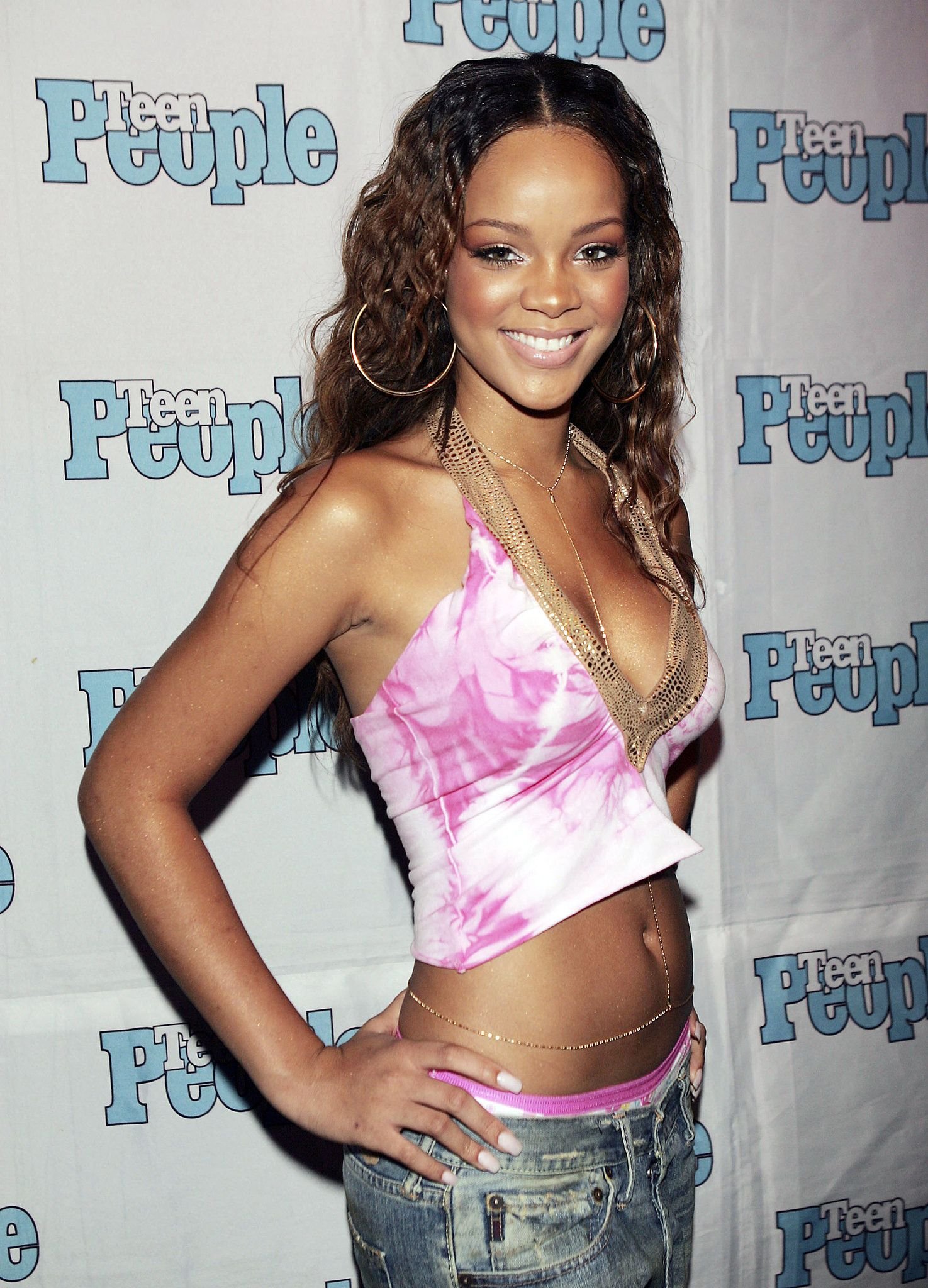Welcome to the year 2022, where technology is of the future and fashion is of the past. Everywhere you look, you notice fashion choices that were emblematic of the early aughts: bootcut jeans, baby tees, crop tops, and lots of layering. Newsflash: Y2K is back, baby.
The phenomenon of harkening back to past trends is not new. In an age where fast fashion dominates, sometimes the best designs are the ones we’ve forgotten. But the question is, why is Y2K returning now?
The pandemic may have had a big role to play. It’s no secret that the past few years have been stressful and chaotic. In these times, many of us have longed for stability and simplicity. We have longed to return to a time when life was just easier. Look no further than two decades ago. A time when we didn’t constantly have social media buzzing up everyone’s phones, where anyone could wear as much pink as they pleased, and when your biggest worry was whether or not you would get Britney Spears tickets. Y2K serves as a form of escapism.
Bella Hadid
Gen Z has a large role to play in the resurgence of Y2K fashion. The trends first started appearing on Tik Tok, with creators imagining what they would wear if they were a celebrity in the early 2000s. It makes sense that Gen Z would be the one to pioneer this trend. After all, our generation was only just being born at that time, so we were unable to fully participate in the Y2K experience. We just had a slight taste of it, enticing us with an unlived nostalgia that we beckoned for more of. Soon, the trend spread like wildfire throughout the internet community, and celebrities like Bella Hadid and Hailey Bieber started embracing it.
There is no doubt that the era is highly romanticized. In doing so, our remembrance of the era often leaves out the voices that were silenced. Take anyone who was above a size 2, for instance. Y2K fashion was characterized by rampant, aggressive fatphobia. For example, the staple low-rise jean paired with a tiny crop top exposes the entire torso, making a flat stomach an unspoken requirement to fit the Y2K aesthetic. This is not to say that revealing clothing is fatphobic — anyone of any body type should be allowed to show as much skin as they please. But the issue with this era was that you could only be fashionable if you were skinny. As one Tik Tok commenter said, “The most famous accessory of the 2000s was skinny.” Ultimately, Y2K was built on a nature of exclusivity that profited off of the demonization of plus-sized people. This exclusivity gave the fashion trends allure.
The Y2K aesthetic is also extremely whitewashed. While the Black community dominated the early 2000s pop culture scene, Y2K as a fashion trend is largely based on white, blonde women. Velour jumpsuits and bedazzled logos were first popularized by artists of color in the rap/hip-hop industries such as Missy Elliot and Destiny’s Child, but the clothing items only really became a “trend” when popularized by people like Paris Hilton. Many trends pioneered by the Black community have suffered similar erasure and it is important that we recognize credit where it is due.
Gen Z is certainly more aware of this toxicity than other generations, but it still has a ways to go. The beauty of it all is, we have the internet. This means more people can become educated on the origins of Y2K and shift the new version into being inclusive of all body types and celebrative of POC creators. It also means that we can change the meaning of Y2K— why does it have to be low-rise jeans and crop tops? I can wear a pink ribbed cardigan, a bucket hat, and wide-leg pants and it would still be iconically Y2K. The point of past trends is to give us ideas for how to further current fashion trends; we shouldn’t be directly copying them. Let’s be fun, innovative, and inclusive. Let’s make Y2K our own.
Featured image via






